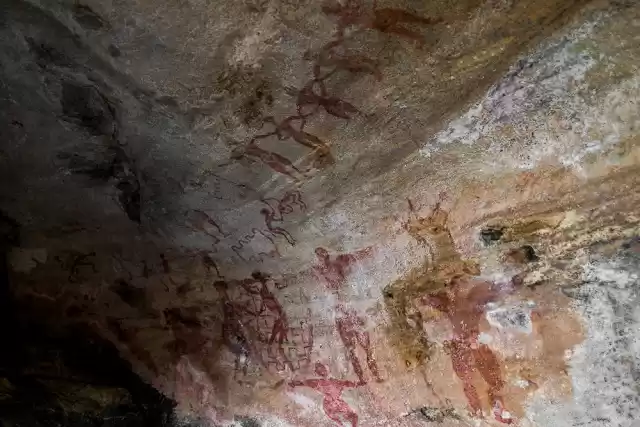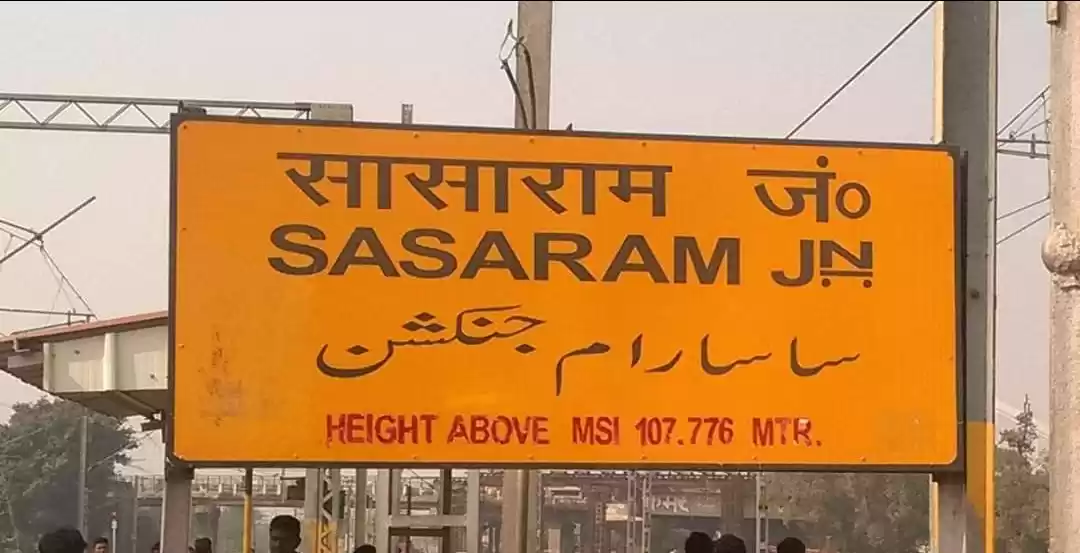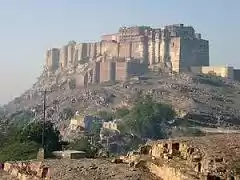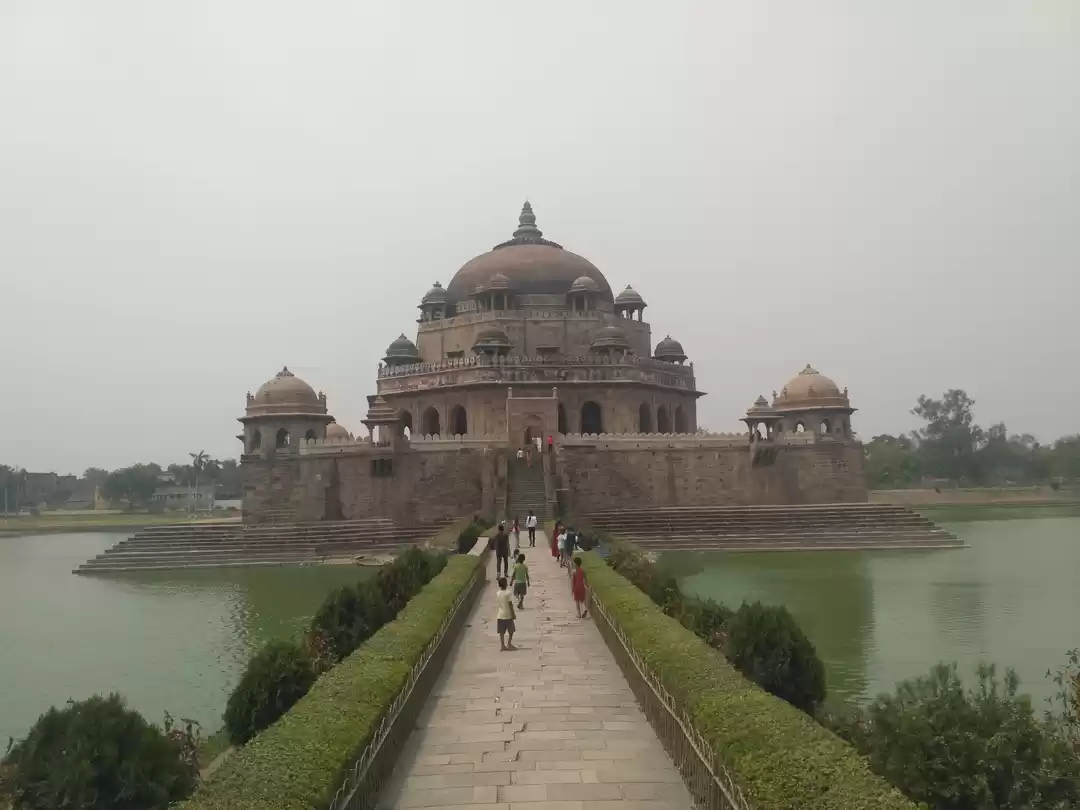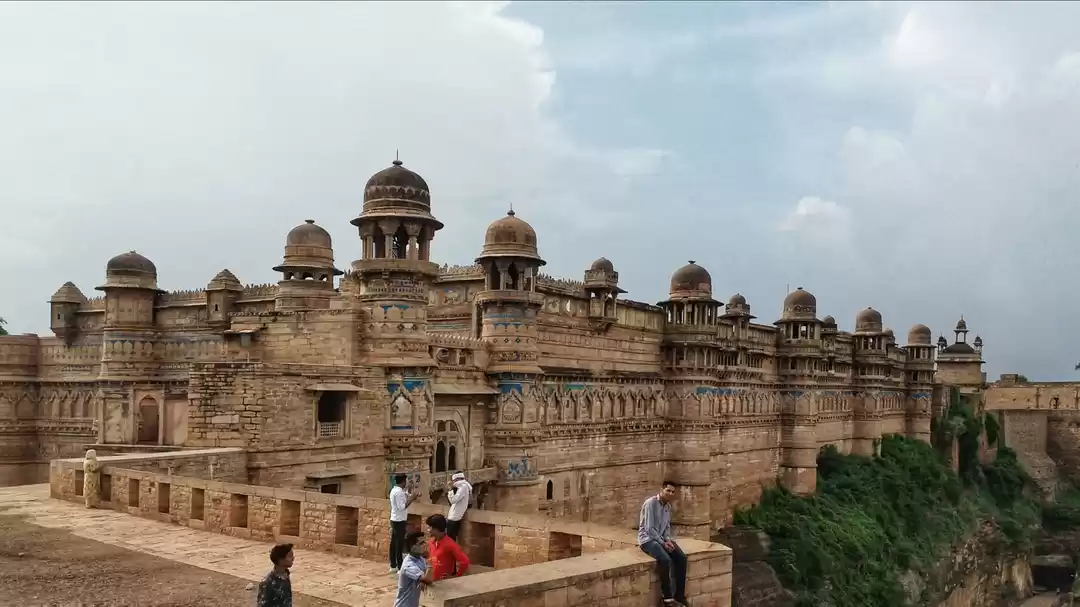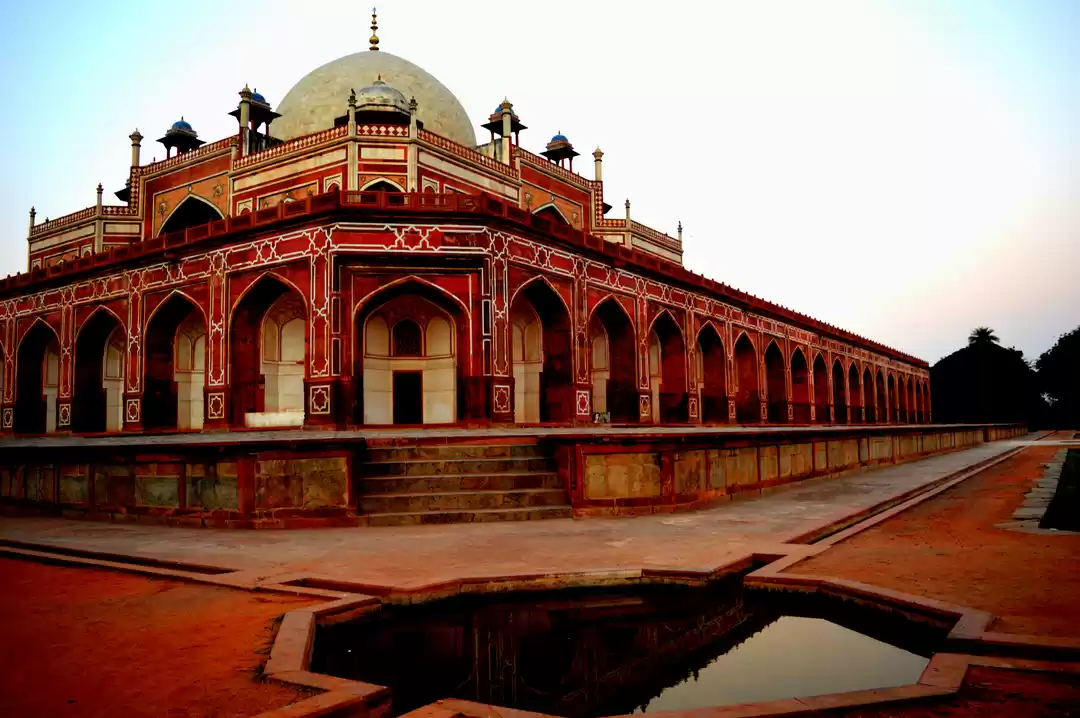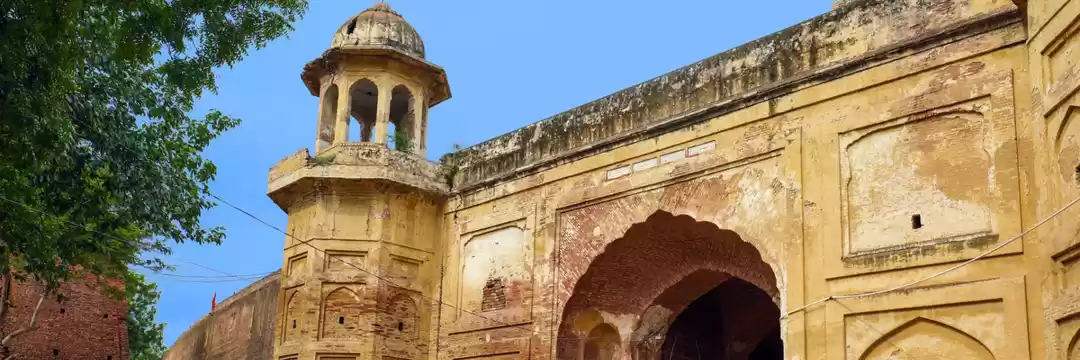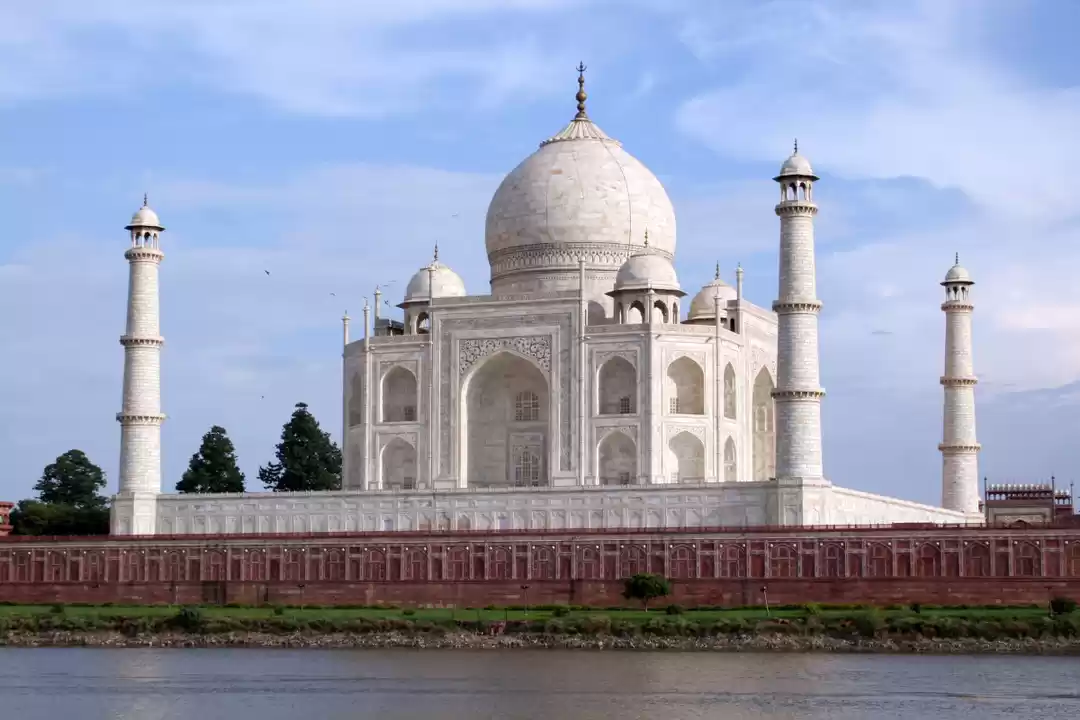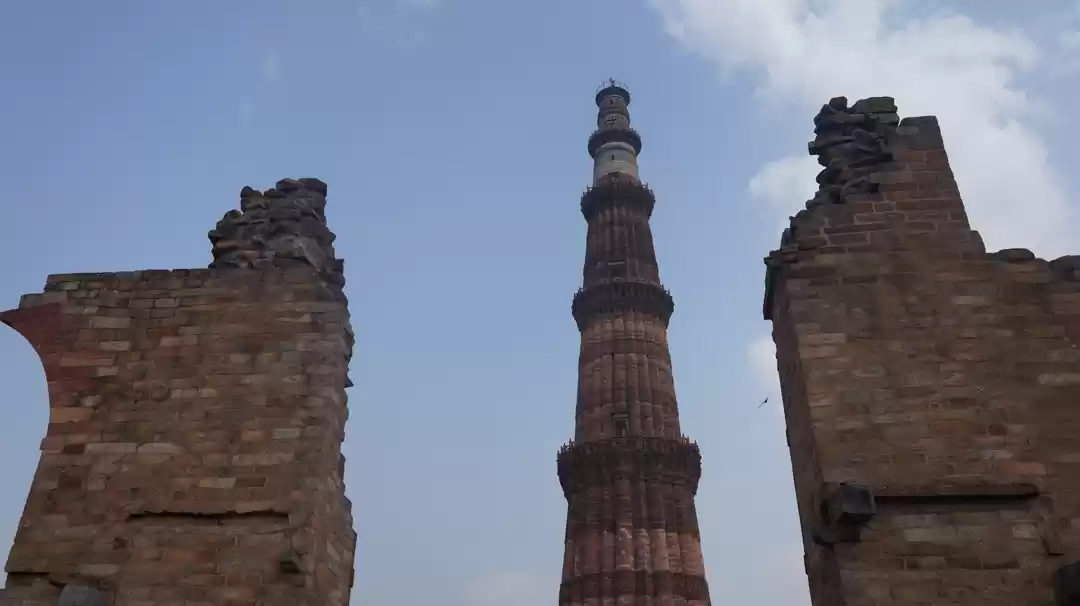
“Rohtasgarh is a stronghold on the summit of a lofty mountain, difficult to access. It has a circumference of 14 kos and the land is cultivated.

It contains many springs, has wherever the soil is excavated to the depth of three or four yards, water is visible. In the rainy season, lakes are formed, and more than two hundred waterfalls gladden the eye and ear. The climate is remarkably healthy.”
—— Mentions Ain-i-Akbari

Such a beautiful and massive Rohtasgarh fort, which was center of power for Bihar-Bengal-Odisha, i.e East India region till the British era is now struggling for its own existence.

On the bank of Son river, encircled by the great canyon, with beautiful landscapes and alluring waterfalls, make this fort more strategic and artistic. Constructed and modified by different rulers in a different era, the Rohtasgarh represents the perfect blend of Pukhtun and Hindu architecture. Presence of various Hindu and Islamic architecture within the fort premises confirming the long and rich past of this fort.

Traveling around two hours from the district headquarters at Sasaram, one can reach the foot of the hill over which is the Rohtasgarh Fort. The fort is situated at about 1500 feet above sea level. There are about 2000 odd limestone steps at Medha Ghat meant for the most common mode of ascent to the fort on foot at present. For trek lovers, another route is also there. After the tiresome hilly trek of an hour and a half, one reaches the boundary wall of the fort. A lovely waterfall is seen during the rains, which falls over the fortifications, and watching them will surely release your hours’ long tiredness.

A ramshackle gate with a cupola seen very first is standing proudly and remembering its golden history. From here one has to walk another mile for the elephantine Rohtas fort.

The early history of Rohtasgarh is still obscure. Local legends say that the modern days Rohtas hill is named after the Rohitasva, the son of legendary king Harischandra, and the same is confirmed in Harivansh Puran. Apart from this, there is no historical evidence to relate the existence of early king Rohitasva, with the fort. It is believed that Rohitasva spent his time in exile at this modern-day Rohtas hill, and married a local tribal lady here.

The Shahabad Gazetteer says that "The tradition that Rohtas was once the seat of their race lingers among the Kharwars, Oraons, and the Cheros; the Kharwars call themselves suryavanshi and allege that, like Rohitaswa, they are descended from the Sun; while the Cheros claim that they held the plateau till they sallied forth for the conquest of Palamu. Similarly, the Oraons assert that Rohtasgarh originally belonged to their chiefs and was finally wrested from them by the Hindus who surprised them at night during one of their great national festivals, when the men had fallen senseless from intoxication, and only women were left to fight."


The old texts and inscriptions found to suggest that the Rohtasgarh was in the possession of the Hindu king Pratapdhavala of the Japala dynasty. Whereas other inscriptions cite that it was ruled by the Khayarwala clan who were sovereigns of Shahabad (modern-day Bhojpur, Buxar, Kaimur and Rohtas region). Among this all, the oldest historical record found on the fort is an inscription which is ascribed to the 7 th century, thereby implying the existence of the rule of Sasanka in the 7 th century over Rohtas.


In 1539 AD, after losing the Fort of Chunar in a fight with Mughal emperor Humayun, Sher Shah requested the Hindu King of Rohtas Chandra Bhan, to leave his women, children, and treasure in the safety of the fort, while he was away fighting in Bengal. The king agreed and with the first few palanquins had women and children, but the later ones carrying fierce Afghan soldiers, Sher Shah captured Rohtas and forced the Hindu king to flee. And thus the Fort of Rohtas passed out of the hands of the Hindu kings into those of Sher Shah Suri. Buchanan mentions that, during the reign of Sher Shah, 10000-armed men guarded the fort.


In 1558 AD, Raja Man Singh, Akbar's Hindu General, ruled Rohtas. As the Governor of Bengal and Bihar, he made Rohtas his headquarters in view of its inaccessibility and other natural defenses. He built a splendid palace for himself, renovated the rest of the fort, cleared up the ponds and made gardens in Persian style. The palace was constructed in a north-south axis, with its entrance to the west with barracks for soldiers in front. The fort is still in a fairly good condition.



There was peace at the fort for the next 100 years or so, which was at last broken at the time of the First War of independence in 1857. Amar Singh, the brother of Kunwar Singh, together with his companions took refuge here. There were many encounters with the British where the latter were at a disadvantage, for the jungles and the tribal in them were of great help to the Indian soldiers. Finally, after a long-drawn-out military blockade and many clashes, the British overcame the Indians.

The Fort thereafter lied neglected and was forgotten by the mainstream tourists, due to unwanted reasons. But with the great efforts by the officials and locals this fort again became accessible for travelers. With a little bit of infrastructural development and proper promotion, this fort will sure regain its centuries-old position and shine like a star in the monumental world.


P.S: All the above contents are inspired by Silent Pages India, a complete blog to understand the historical legacy of India by Vikas Vaibhav and excerpts of a conversation between Gargi Manish & Dr. Shyam Sunder Tiwari, whose intensive research for Sasaram, especially for Rohtas will be remembered forever.
Happy Travelling !!















